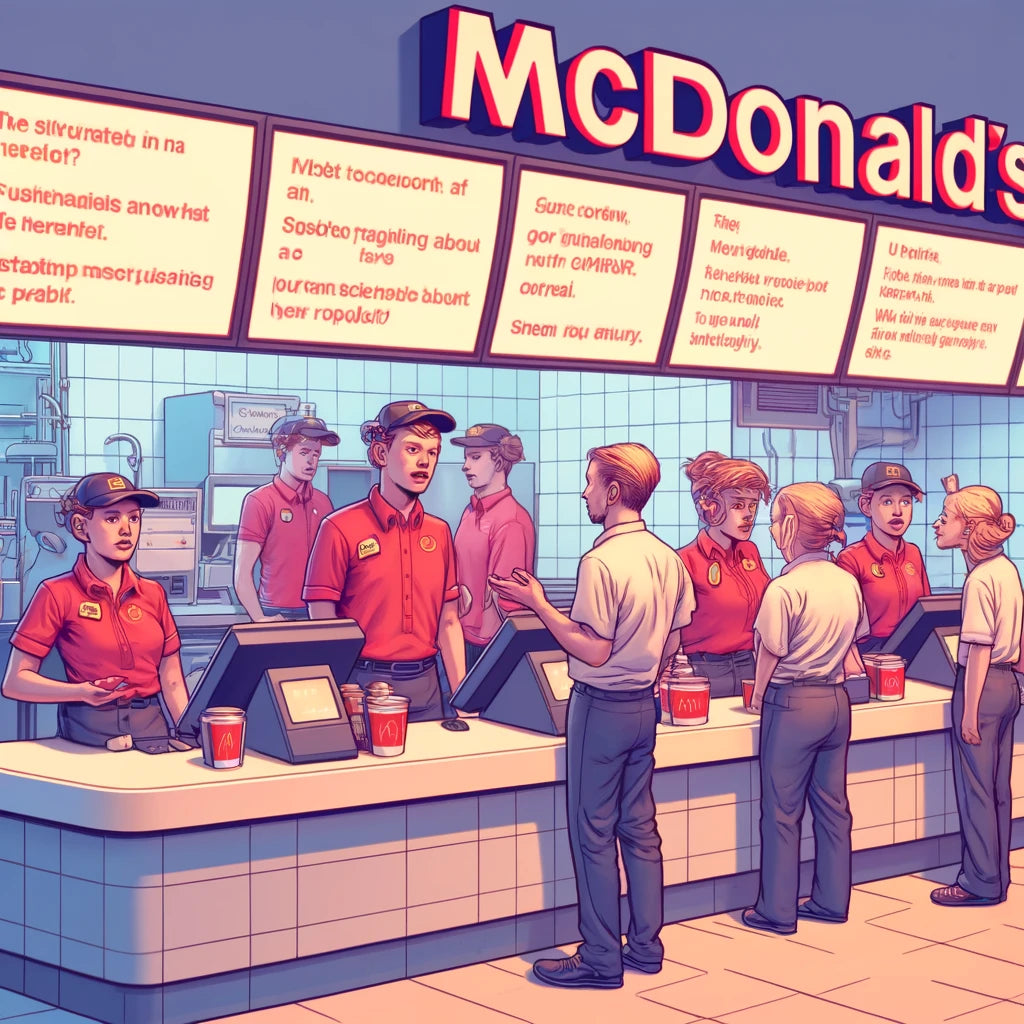McDonald's Serves Up a Master Class in How Not to Explain a System Outage
In the ever-evolving landscape of global technology, system outages are not uncommon. Companies big and small occasionally face disruptions that can affect operations, customer service, and the brand's overall reputation. However, the manner in which a company communicates during these crises can significantly impact how the situation is perceived by the public. McDonald's, the fast-food giant with a global footprint, recently experienced a system outage that left many of its services offline. The fallout from the event provided a prime example of how not to manage communication during a system failure.
Lack of Transparency
One of the key criticisms faced by McDonald's during the outage was the lack of transparency. Customers and stakeholders were left in the dark about the nature of the issue, its anticipated resolution time, and the steps being taken to address it. Effective crisis communication hinges on being open and honest about the situation at hand, yet McDonald's initial response seemed to skirt around the specifics of the outage, offering up vague statements that did little to alleviate concern or build trust.
Delayed Response Time
Another point of contention was the delayed response from McDonald's. As reports of the outage began to surface online, the company took what many considered an inordinate amount of time to acknowledge the problem publicly. This delay allowed speculation to fester on social media, creating a narrative that McDonald's had lost control of the situation. In an age where news spreads at the speed of light, a swift response is critical to managing the story and setting the record straight.
Inconsistent Messaging
When McDonald's did begin to communicate, the messaging was inconsistent across different platforms. Concerned customers received mixed messages depending on whether they reached out on social media, contacted customer service, or sought information through the McDonald's app. This inconsistency not only fueled confusion but also suggested a lack of coordination and preparedness within the company for dealing with such crises. An integrated communication strategy is essential for delivering clear, consistent information during a system outage.
Lessons Learned
The McDonald's system outage and the subsequent communication missteps offer valuable lessons for other corporations on the importance of crisis communication. Clear, transparent, and timely information can help manage public perception and mitigate the potential negative impact of a system failure. Moreover, consistency in messaging across all channels reinforces a company's credibility and control over the situation, helping to maintain customer trust even in the face of technical difficulties.
For McDonald's, this event is a reminder that in the digital age, how a company communicates during a crisis is just as important as how quickly it resolves the technical issues at hand. As the fast-food giant moves forward, incorporating these lessons into its communication strategy will be crucial for rebuilding any lost trust and demonstrating a commitment to reliability and transparency.

